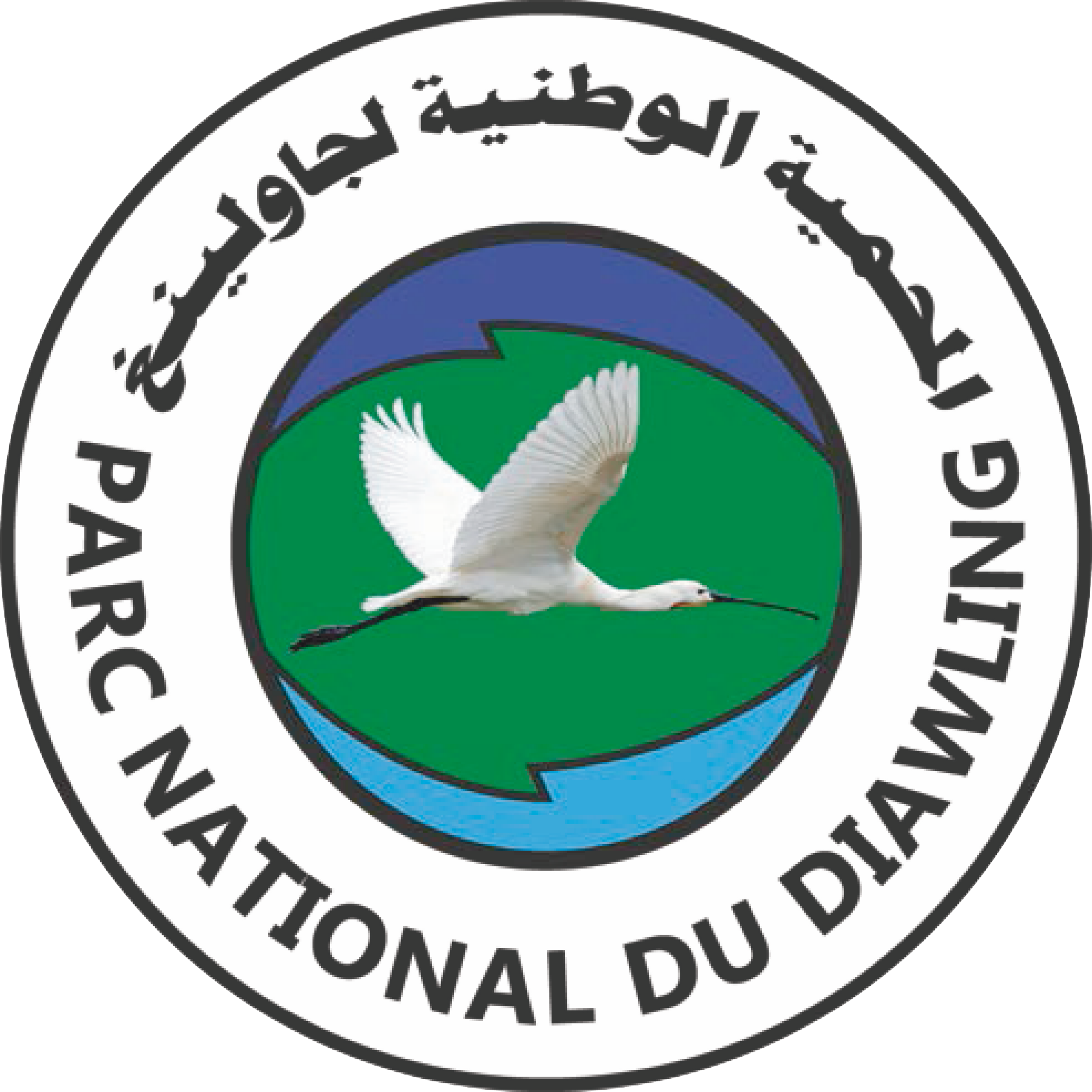PND ecosystems
The singularity of these landscapes and the exceptional biological diversity sheltered by the Diawling National Park are intimately linked to the different marine, coastal, terrestrial and estuarine ecosystems that exist there.
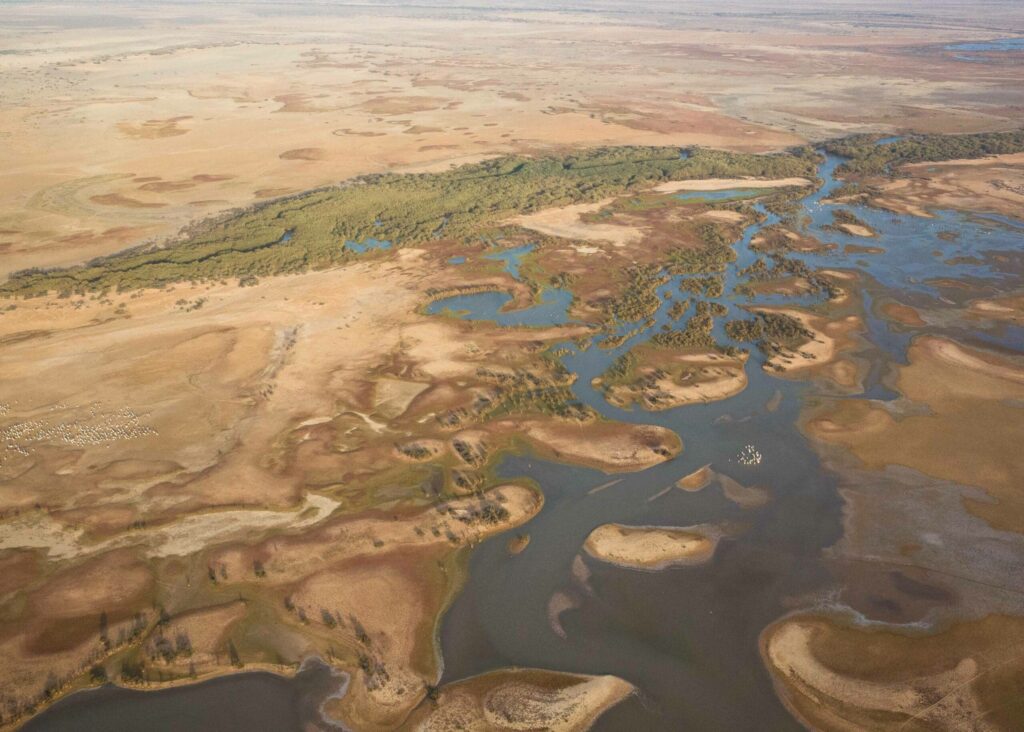
The ecological unit represented by the peripheral zone of the PND is presented as an estuarine environment: a junction between desert, ocean and river with a mosaic of landscapes sheltering different ecosystems supported by a great diversity of ecological habitats (Sites of Ecological and Biological Interest). In addition to the connection with the sea, there we find estuaries, islands, mangrove ecosystems, 8 natural basins (Aftout, Chat Boul, Ndiader, Diawling-Tichilitt, Bell, Gambar, Ntiallakh and Gueylebou), 3 dune massifs, floodplains and the Senegal River.
The geographic distribution of these ecosystems is closely linked to ecological restoration actions and hydrological conditions. She is in fact the reflection of flood cycles and tides which occur in this region.
The flood plain
In the floodplain, several ecosystems can be distinguished: flood basins, lacs and interior dunes.
Flood basins
These bowls are characterized by a halophyte steppe (vegetation with proven salt tolerance), which varies depending on the conditions for filling basins with water.
The nebkas upper parts correspond to the sandy and sandy-silty areas of Bell, Diawling/Tichilitt, Chat Tboul and Aftout. They fix Salsola baryma, Sporobolus spicatus et Arthrocnemum glaucum.
The lower parts correspond to the clayey and clayey-silty zones of the Bell, Diawling/Tichilitt, N'Tiallakh basins, lakes (N'Tok and N'Ter), Chat Tboul and Aftout. They are occupied by a steppe of Tamarix senegalensis as well as Sporobolus robustus.
The bottoms of the bowls are devoid of vegetation.

Floodplain avifauna
In these floodplains we find the Tichilitt nesting site which hosts at least 6 species of birds; groups of crowned cranes are regularly observed in this area.
The small lakes formed at the level of hydraulic structures represent a important catchment area for waterbirds, such as the white pelican, the gray heron, the hairy crabeater, the great cormorant, the African cormorant, the glossy ibis, terns and gulls.
A strong black-tailed godwit colony, classified as near-threatened, frequents the fresh to brackish part of the Bell basin (group of 2 individuals observed during wintering in September 000).
The lakes
Lake N'Ter, with a surface area of 174 ha, hosts a large population of shrimp, exploited by both fishermen and flamingos. There are also 14 species of shorebirds found in the mudflats surrounding the lake, including the Corcoli Sandpiper and Red Knot, both classified as near threatened in the IUCN red list.
Lake N'Tock (84 ha) is fed by the Diawling basin and the N'Tiallakh basin. Less frequented by shrimp fishermen, it is an important feeding area for flamingos who finds the necessary shrimp resource there.
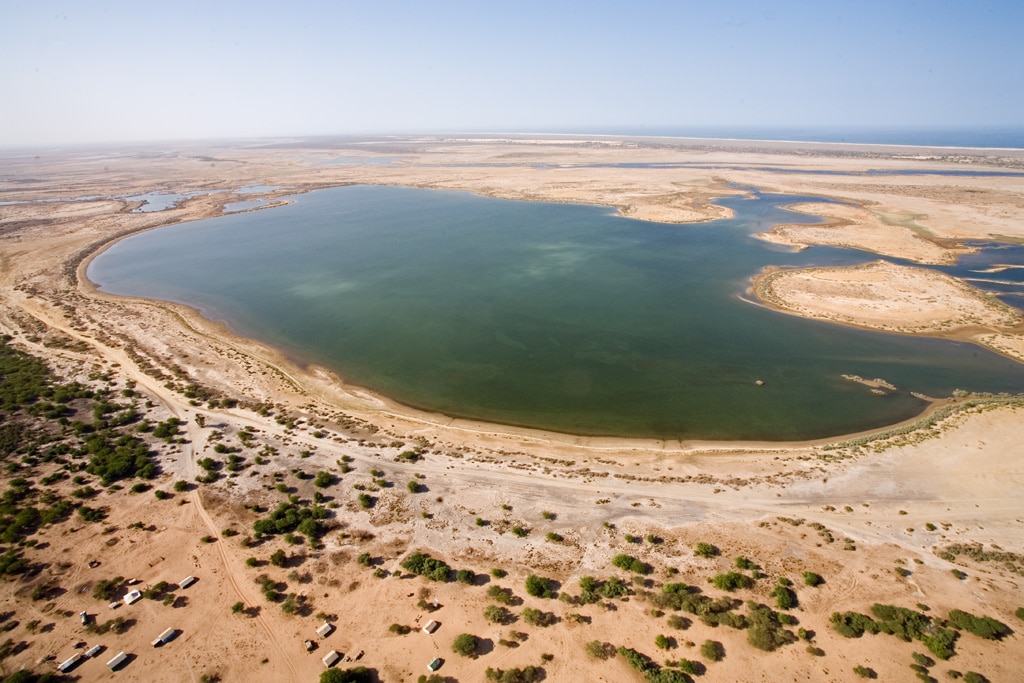
The interior dunes
The interior dunes are characterized by a steppe with Acacia raddiana, Senegal acacia, Balanites aegyptiaca et Euphorbia balsamifera. The herbaceous cover is composed of Chloris prieurii, Zygophyllum simplex et Schoenefeldia gracilis. Baobabs (Adansonia digitata) sometimes occupy interdune depressions. They also shelter vegetation in the state of relic composed of Sclerocarya birrea, Combretum glutinosum, Mitragyna inermis, Crateva religiosa, etc. Acacia nilotica is present there but suffers in places from the rise of the salt layer.
During the rainy season, herbaceous vegetation dominated by Cenchrus biflorus associated with other grasses and legumes grows on the dune and offers excellent terrestrial pastures for domestic animals. This dune, like all the other dune formations in the area, constitutes a place of refuge for terrestrial mammals during wintering when all the plains are flooded.
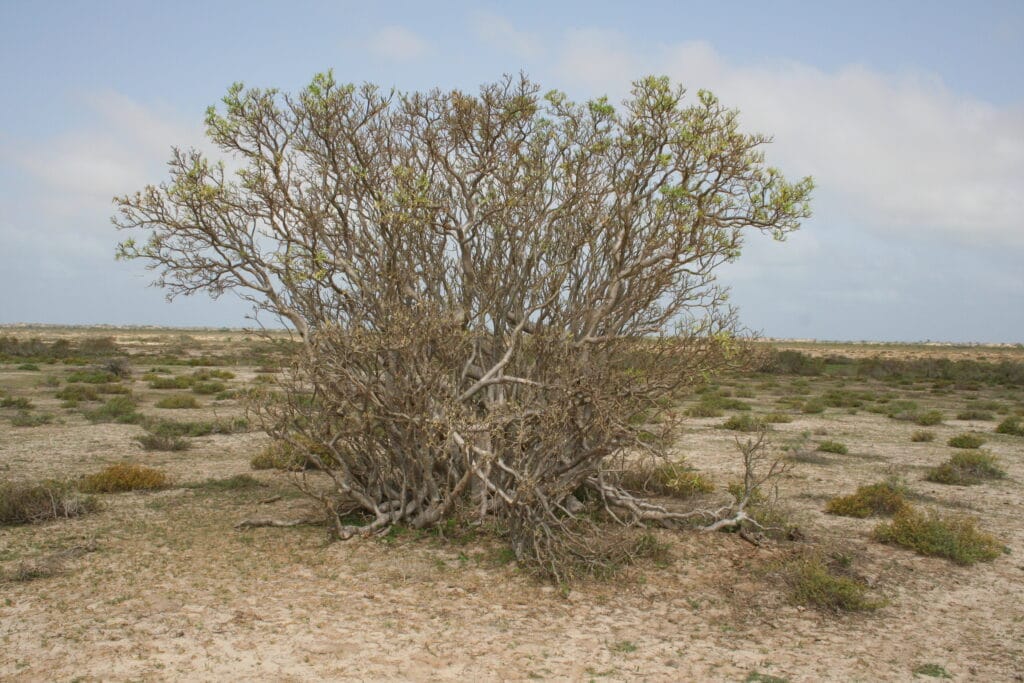
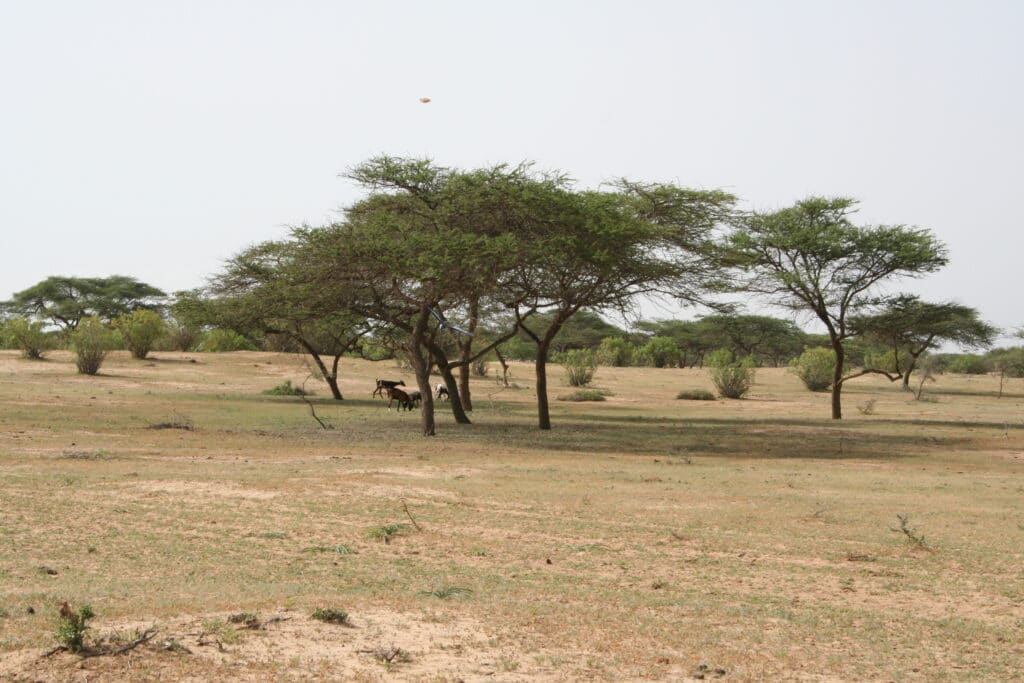
The Birette dune runs along the Diama reservoir to the east and therefore constitutes an agricultural area. It is less inhabited than the other dunes due to the proximity of the Gambar basin, a refuge for mosquitoes. persian savior offers on this dune an excellent habitat for warthogs which are very numerous there especially during the wintering period.
The Ziré dune is remarkable and very dense in terms of its vegetation cover. It constitutes a fodder reserve much appreciated by livestock, particularly small ruminants from resident communities, but also by camels in the area due to the presence ofAcacia raddiana. acacia tortilis constitutes on this dune a homogeneous population fixing and protecting the soil against wind erosion.
The rainy season on the inland dunes
During the rainy season, herbaceous vegetation dominated by Cenchrus biflorus associated with other grasses and legumes grows on the dune and offersexcellent terrestrial pastures for domestic animals. This dune, like all the other dune formations in the area, constitutes a place of refuge for terrestrial mammals during wintering when all the plains are flooded.
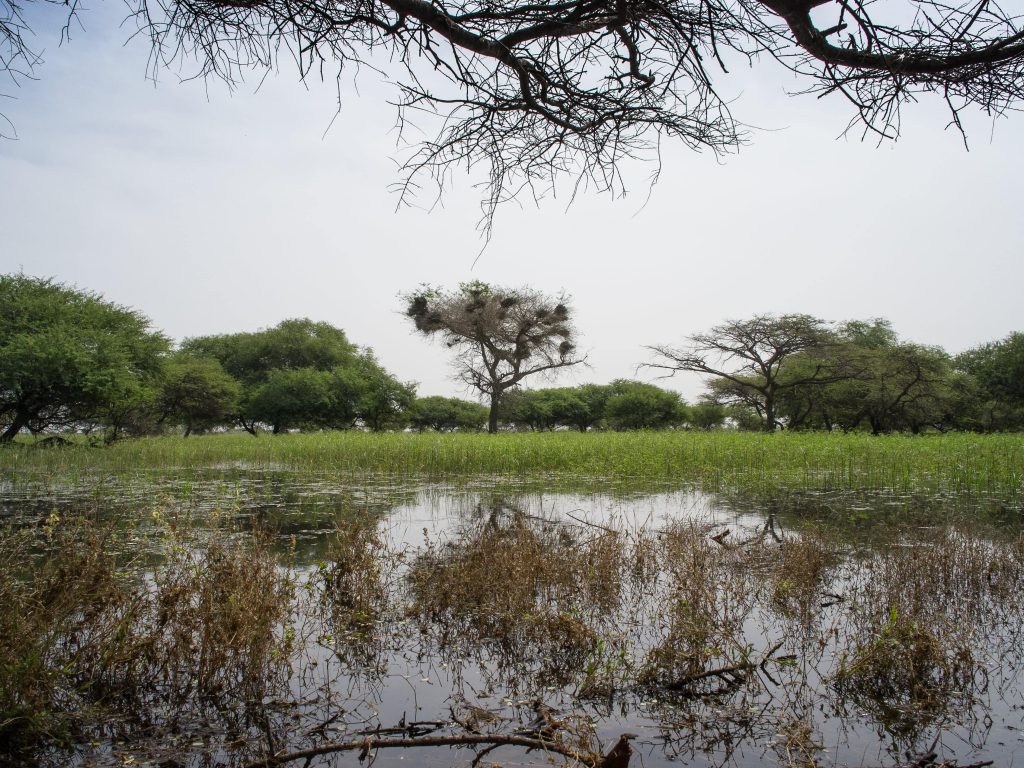
The estuarine zone
In this area, the ecosystem stands are under thepermanent influence of the tides.
Among the ecosystems of the estuarine zone, we distinguish: mangroves et the coastal dune.
The coastal dune
It constitutes a place of life for the majority of villages with more than 20 localities (villages of breeders and fishermen but also traders) and presents a significant floristic diversity. It is also a refuge site for warthogs and a shelter for endangered bird species.
In the adlittoral sector (part of the dune closest to the seaside) the bright, white dunes are only partially colonized by a few herbaceous plants.
In the paralittoral sector (part of the dune furthest back) the semi-fixed dunes are characterized by a herbaceous steppe with Aristida longiflora et Hyparrhenia dissoluta. The sheltered hollows are populated with Maytenus senegalensis, Parinari macrophylla et Chrysobalanus orbicularis.
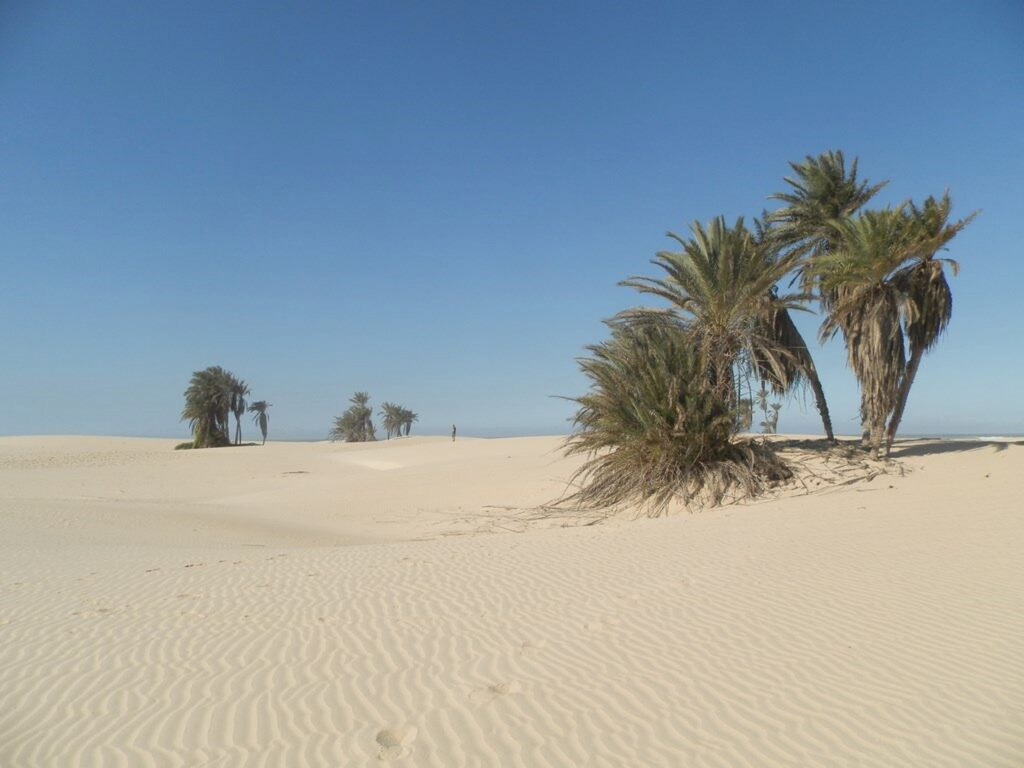
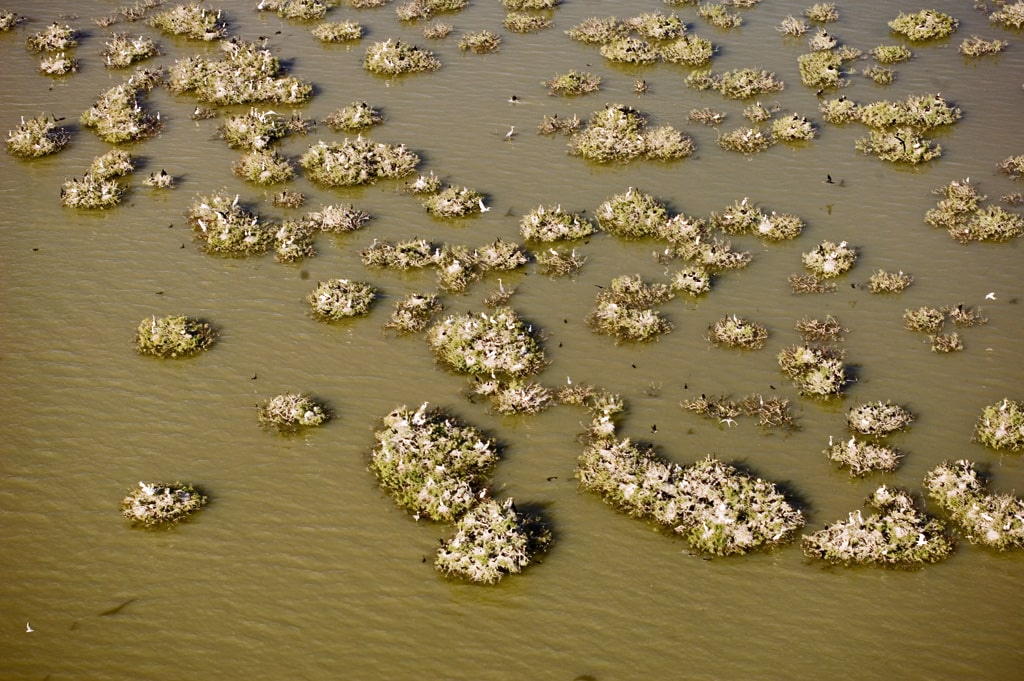
Mangroves
They are occupied by mangrove trees, the lower part by the red mangrove tree (Rhizophora racemosa) and the upper part by the white mangrove tree (Avicennia germinans). The delta being close to the northern limit of the mangroves, the individuals are small and are subject to strong anthropogenic and animal pressures.
Interface between the marine and terrestrial environment, the mangrove plays an ecological and economic role first rate in the Park area. She ensures multiple ecological and socio-economic functions particularly in the conservation of biodiversity.
The mangrove is also an essential link in the journey of migratory birds. It is home to a significant variety of animal species including marine fish species dependent on the estuarine environment and constitutes a habitat for terrestrial fauna such as the Nile crocodile, the pale fox, the Seba python and aerial fauna such as the goose. from Egypt, the little egret. It is also an important spawning ground for shrimp, crabs and fish.
It is also a grazing area with therapeutic and socio-economic virtues important. The exploitation of mangrove leaves and bark is used in the manufacture of dye and in the treatment of certain diseases and toothaches.
